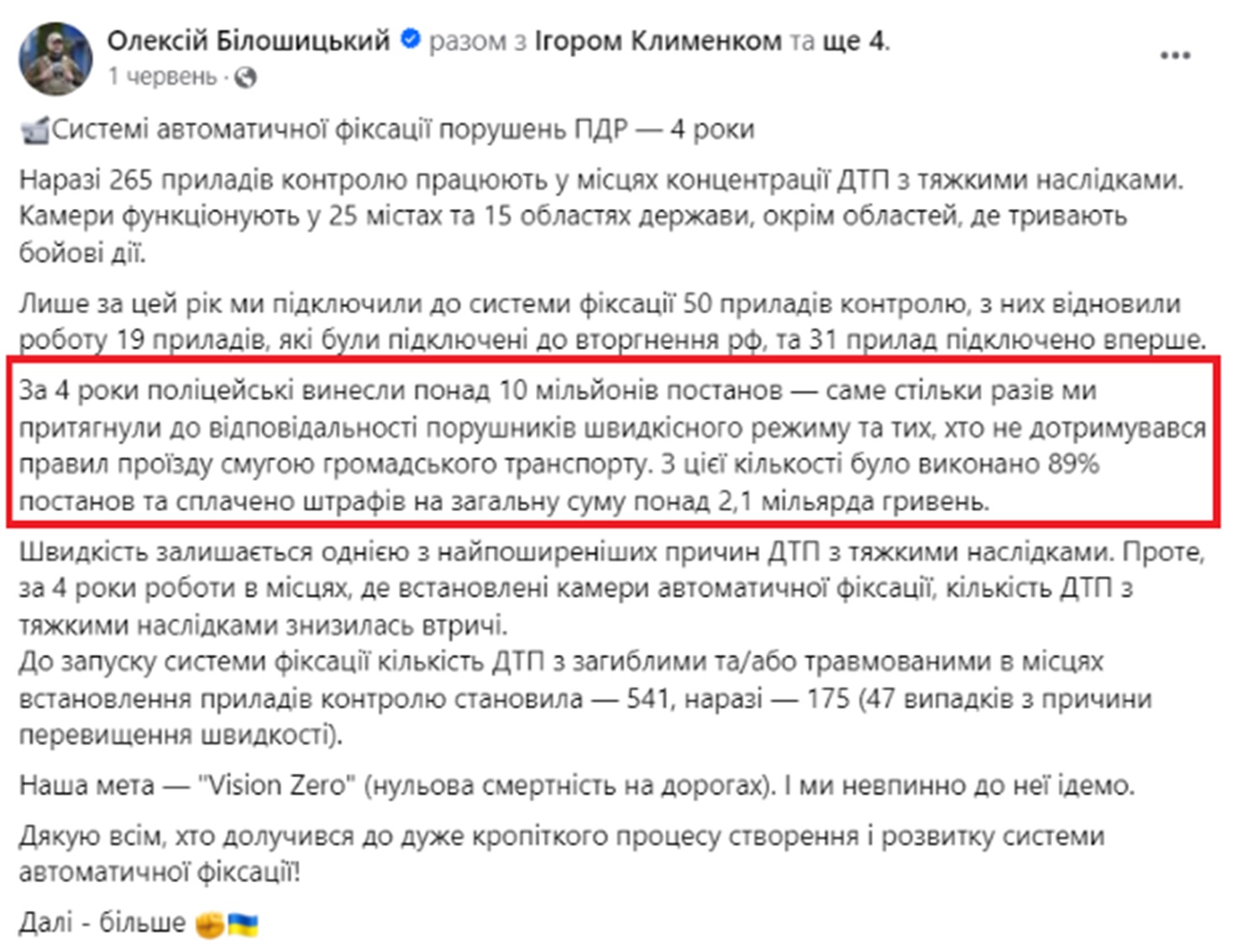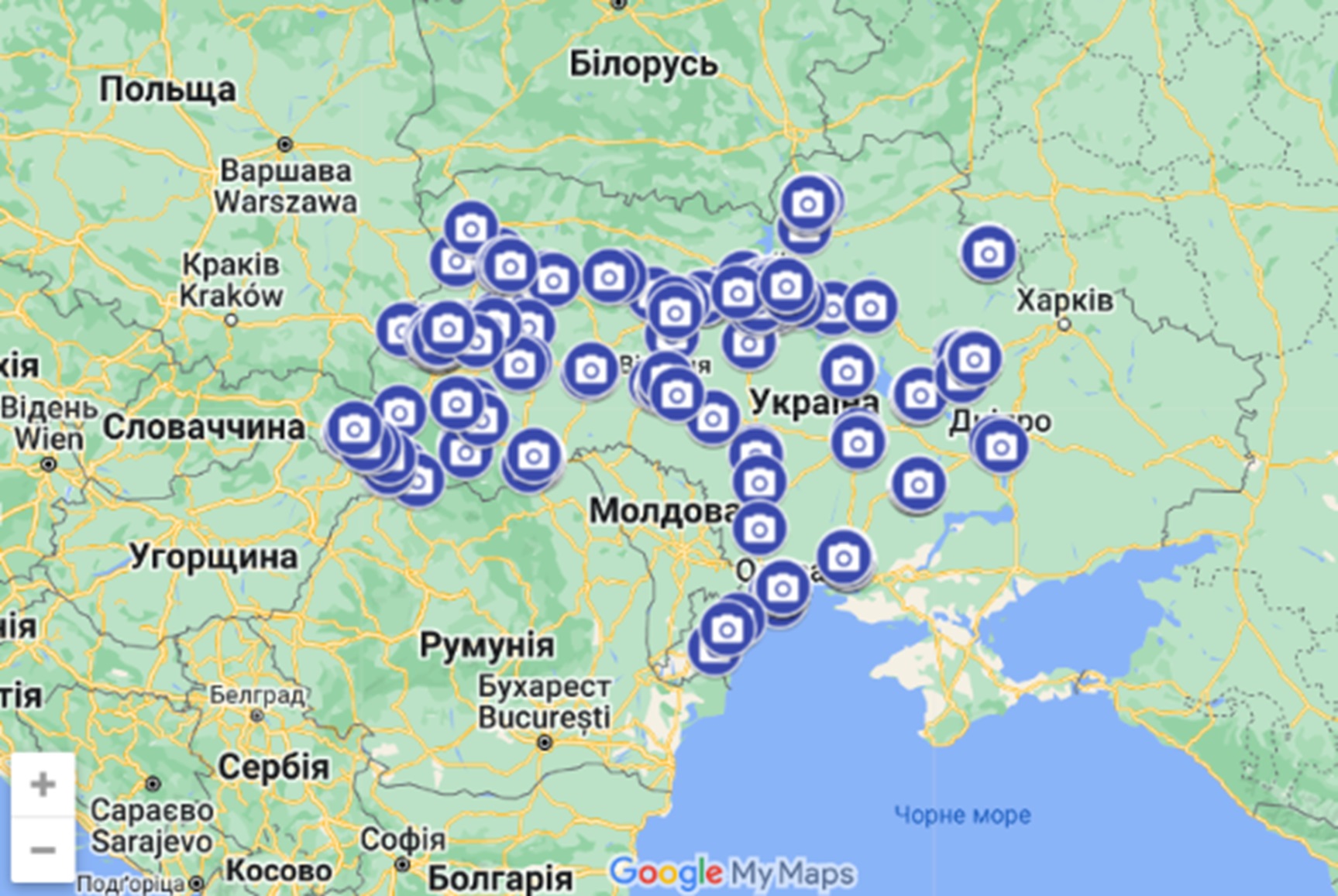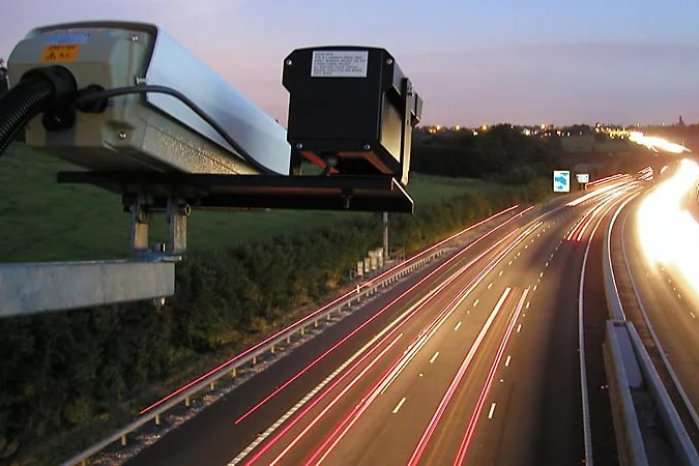Конституция гарантирует всем презумпцию невиновности, но только не в этом случае…
Если гражданин кому-то дал свою машину в пользование и его знакомый превысил скорость, то штраф получит владелец. Это касается именно тех штрафов, которые фиксируют камеры наблюдения (ст. 14-2 Кодекса Украины об админправонарушениях).
В то же время Конституция гарантирует всем презумпцию невиновности. И очень символично, что именно в день Конституции состоялся Пленум Верховного Суда, на котором в повестке дня был вопрос обращения в Конституционный Суд Украины относительно конституционности такой нормы закона, но судьи это обращение не поддержали.
Однако и без решения Пленума Конституционный Суд уже имеет на рассмотрении пять жалоб по этому же поводу.
Общественная инициатива «Игла» выясняла, есть ли в этой ситуации нарушение прав граждан, в частности презумпции невиновности, которую гарантирует Конституция.
Почему ввели автоматическую фиксацию?
В Украине первые средства автоматической фиксации нарушений правил дорожного движения на трассах появились еще во времена Виктора Ющенко (ст. 14-1 Кодекса Украины об админправонарушениях).
Обычно видеокамеры ставят на аварийно-опасных участках дороги, с целью уменьшения аварийных ситуаций. Дополнительной целью введения системы было также наполнение госбюджета.
А вот официально полноценную систему видеофиксации с помощью камер запустили 1 июня 2020 года. Об этом сообщил тогдашний министр внутренних дел Арсен Аваков.
Первый заместитель начальника Департамента патрульной полиции Украины Алексей Билошицкий отмечает, что за все годы работы этой системы автоматической видеофиксации в бюджет поступило более 2,1 млрд грн.
Билошицкий отмечает: «Скорость остается одной из самых распространенных причин дорожно-транспортных происшествий с тяжелыми последствиями. Однако, за четыре года работы камер автоматической фиксации, количество ДТП с тяжелыми последствиями снизилось втрое на участках, где они есть».

Камеры фиксируют не только превышение скорости, но и проезд на красный свет, движение по тротуару, по встречной полосе или полосе для автобусов С помощью системы фиксируются такие нарушения как превышение разрешенной скорости движения, проезд на запрещающий сигнал светофора, нарушение правил остановки, а также движение по полосе для общественного транспорта, по встречной полосе или тротуару.
За последние годы появилось немало приложений, которые помогают водителям снизить скорость, когда надо, но эти приложения могут выполнять превентивное действие.

Система никогда не выясняет, кто был за рулем. Она лишь фиксирует информацию о транспортном средстве, на котором было совершено административное правонарушение.
Поэтому ответственность несут владельцы машины. И вот здесь возникают вопросы.
Как проходит тест на конституционность?
Вопрос к конституционности такой нормы в административном кодексе возник еще 14 лет назад. Именно тогда в Конституционный Суд поступила первая жалоба, поданная гражданином Артемом Багинским.
«Положения части первой статьи 14-1 Кодекса презюмируют ответственность владельца транспортного средства без необходимости доказывания его вины в совершении правонарушения. Исходя из принципа верховенства права, конституционная презумпция невиновности лица распространяется и на обвинение его в совершении административного правонарушения», — говорилось в обращении.
Относительно конституционности нормы тогда свои позиции высказывали и спикер парламента, и Верховный суд Украины, и Министерство внутренних дел. Привлекли даже ученых из Киевского национального университета внутренних дел, Национальной юридической академии Украины имени Ярослава Мудрого. И в конце концов Конституционный суд признал, что норма Кодекса Украины об админправонарушениях, которая предусмотрела видеофиксацию и штрафы была неконституционной.
Такое решение Конституционный Суд принял, потому что ответственность за административные правонарушения может нести только физическое лицо, а формулировка, которую в то время прописали законодатели — «владельцы (совладельцы) транспортных средств» — допускала ответственность юридического лица.
Во времена Петра Порошенко, кодекс дополнили другой нормой (ст. 14-2 КУоАП), которая фактически продублировала то, что уже было написано. Законотворцы уточнили в новой норме, что ответственность за нарушение несет физическое лицо, являющееся собственником или руководитель юридического лица, за которым зарегистрировано транспортное средство.
Киевлянин Николай К. в прошлом году сдал на права и получил временное удостоверение, которое выдается на два года и за это время можно получить не более 2 админправонарушений. В то же время Николай является руководителем одной из столичных фирм и ему придется скоро сдавать экзамен снова, потому что на его фирму зарегистрированы несколько десятков авто. «Все штрафы приходят на руководителя, то есть на меня. Соответственно, если ты недавно получил права и являешься руководителем компании, которая имеет машины, то у тебя автоматически будет нарушений больше, чем два в год. Ты должен еще раз тратить время на повторный экзамен. Сейчас на мне уже более 70 штрафов, из которых действительно мой — один, а 60 штрафов вообще были получены в то время, когда у меня даже не было водительских прав. Но нет времени со всем этим разбираться, доказывать свою непричастность и нагружать этим юристов компании, поэтому проще просто пересдать экзамен по вождению», — объясняет он.
Адвокат Антон Кравченко, который защищает права водителей отмечает, что действующая статья Кодекса, по сути, дублирует подобную норму статьи, которая уже признана неконституционной: «В свое время вместе с измененной статьей, которую Конституционный суд рассматривает на предмет конституционности, ввели штрафные баллы. Это было компромиссное бесплатное административное взыскание, которое формально просуществовало до 2020 г. и далее его отменили. Каждому водителю ежегодно предлагалось количество баллов, которые бы «снималась» вместо уплаты админштрафа, пока баланс остается положительным. Сейчас же применяется сразу денежный штраф, хотя снова появился проект о штрафных баллах, но и здесь не планируют определять, кто именно был за рулем».
Кравченко убежден, что закон не может игнорировать тот факт, кто фактически управлял: «Ответственность должна быть строго индивидуальной, а презюмировать вину владельца имущества как правонарушителя недопустимо (ст. 61 и 62 Конституции). Еще в 2010 году парламенту было рекомендовано привести в соответствие с Решением весь порядок автоматизированного наказания на дорогах. Зато с 2015 года в Кодексе уже упомянута новая норма, которая похожа на ту, которую признали неконституционной. Суды почему-то продолжают ее применять в отношении несогласных с «автоматическими» штрафами владельцев авто — хотя давно должны действовать иначе. Конституция имеет высшую юридическую силу и нормы прямого действия. И любой суд обязан их непосредственно применять. А в случае неопределенности, соответствует ли Конституции закон — каждый суд должен остановить дело и обратиться через Верховный Суд в Конституционный Суд».
Технические параметры камер часто недостаточны для того, чтобы дистанционно распознать лицо водителя. Чтобы штрафовать именно нарушителя, можно идти к лучшему качеству видеофиксации. Это, конечно, будет стоить дороже, но в пояснительной записке проекта еще в 2015 году отметили: «Реализация проекта не потребует расходов из Государственного бюджета Украины».

Член профильного комитета Верховной Рады, который отвечает в том числе и за транспортные вопросы, Юлия Клименко («Голос») отмечает, что сейчас действительно невозможно идентифицировать водителя, а потому в соответствии с принятыми законами ответственность несет владелец автотранспорта: «Это общепринятая мировая практика. Например, в Соединенных Штатах Америки, где действует такая же система, если кто-то постоянно пользуется вашим автомобилем, можно подписать декларации между владельцем и водителем автотранспорта о том, что водитель отвечает за штрафы. Тогда все штрафы, которые приходят владельцу, легально перенаправляются на водителя».
Другая часть изменений в статью 14-2 Кодекса обязана своим появлением буму на ввоз автомобилей из-за рубежа, так называемых «евроблях».
Законодатель дополнительно предусмотрел, что в случае если транспортное средство зарегистрировано за пределами Украины, к административной ответственности за правонарушения в сфере обеспечения безопасности дорожного движения, зафиксированные в автоматическом режиме, привлекается лицо, которое ввезло такое транспортное средство на территорию Украины.
Поэтому все эти компании, занимавшиеся пригоном авто из-за границы, действовали на свой страх и риск, потому что могли стать заложниками «чужих» штрафов на очень долгое время.
Но все изменения в законодательство должны соответствовать Конституции, которая предусматривает презумпцию невиновности, что неизменно даже во время военного положения. Когда речь идет об уголовных или административных правонарушениях, то обязанность доказывать, что нарушителем являетесь именно вы, возлагается на государство.
В самом Кодексе указано, что при наложении взыскания учитываются характер совершенного правонарушения, личность нарушителя, степень его вины, имущественное положение, обстоятельства, смягчающие и отягчающие ответственность.
А в ситуации с автоматической фиксацией нарушений, все работает совсем наоборот. Указанные выше нормы не действуют, что создает возможность привлечения к административной ответственности владельцев транспортных средств даже в случае, если эти лица не совершали административного правонарушения.
Такое расхождение в подходах к различным категориям админправонарушений и создает в обществе запрос на их пересмотр и изменение существующей системы. Но при рассмотрении вопроса на Пленуме Верховного Суда судья Василий Крат объяснил свою позицию, почему нет оснований для подачи обращения в Конституционный Суд: «В соответствии со статьей 3 Конституции, жизнь человека это высшая социальная ценность. И безопасность человека это высшая социальная ценность. Я не увидел оснований для обращения с представлением, а этот вопрос касается только правоприменения. Там где работают камеры автоматической фиксации, статистически значительно меньше нарушений, чем сохраняется жизнь и здоровье человека».
Но несмотря на то, что судьи Верховного Суда этот вопрос не поддержали, он с 2020 года на рассмотрении в Конституционном Суде.
Все эти обращения и жалобы были объединены судом в одно дело, в котором Конституционный Суд уже перешел к закрытой части пленарного заседания для принятия решения. Поэтому есть шансы, что в ближайшее время таки появится разъяснение по этому поводу.
А тем временем владельцы авто должны понимать, что им делать, когда поступают штрафы.
Как доказать что ты не нарушитель?
В течение 20 календарных дней со дня совершения правонарушения или со дня вступления постановления по делу об административном правонарушении в законную силу, можно предоставить в полицию документы, подтверждающие выбытие из владения транспортного средства или факт незаконного использования собственных номерных знаков.
Или возможна «личная явка нарушителя». То есть водитель авто, который управлял им на момент совершения нарушения, может обратиться лично в полицию с заявлением о признании своей вины и квитанцией об уплате штрафа.
Также была создана возможность внесения сведений о надлежащем пользователе (лица, которое на законных правах пользуется транспортным средством) в Единый государственный реестр транспортных средств. Таким пользователем может быть работник компании или лицо, взявшее автомобиль в аренду.
Сделать это можно через Электронный кабинет водителя.
В случае, если информация о надлежащем пользователе внесена в реестр, уже он будет нести ответственность за совершение админправонарушений, зафиксированных автоматически.


